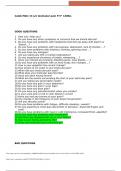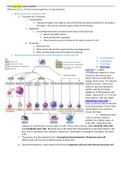Samenvatting
Full Summary of Shared Value Creation 2021
- Instelling
- Vrije Universiteit Amsterdam (VU)
This is an extensive summary of all course content of the course Shared Value Creation. It includes lecture notes of all the lectures and summaries of all the mandatory articles.
[Meer zien]













